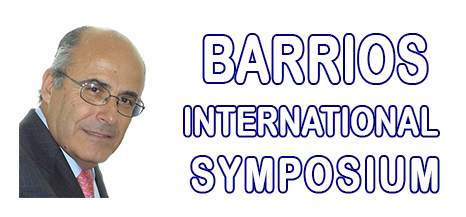ORAL
| SESSION: EnergyTueAM-R2 | Dodds International Symposium on Sustainable Energy Production (4th Intl. Symp. on Sustainable Energy Production: Fossil; Renewables; Nuclear; Waste handling , processing, and storage for all energy production technologies; Energy conservation) |
| Tue Oct, 24 2017 | Room: Peninsula 3 |
| Session Chairs: Manfred Mauntz; Tamer Turna; Session Monitor: TBA |
16:00: [EnergyTueAM08]
Analysis of Sustainable Electricity Generation System Inside a Directional Wellbore from Low-Enthalpy Geopressured Geothermal Brine Reservoir Mayank
Tyagi1 ; Ildar
Akhmadullin
2 ;
1Louisiana State University, Baton Rouge, United States;
2Baton Rouge Community College, Baton Rouge, United States;
Paper Id: 48
[Abstract] Economically viable geothermal resources can be a sustainable and green source
for energy production if proven to be able to compete in terms of the levelized cost of electricity (LCOE) generation from the fossil fuel or coal-fired power plants. Utilization of such geothermal resources is usually limited and at times restricted due to perceived economical risks and limits posed on the engineering design by the reservoir temperature and depth. Thus far, low-enthalpy geothermal reservoirs (typical reservoir temperature less than 350F) are not deemed commercially attractive due to many factors that impact the return on investment for such projects. Among these factors are the depth and relatively low-enthalpy (or reservoir temperature) of the resource that increases the cost of drilling deeper wells as well as reduced overall energy recovery since it does not allow direct steam utilization from the production wells. This study investigates an innovative single directional wellbore design working on Zero Mass Withdrawal (ZMW) concept for heat recovery and electricity generation. The simplified system analysis model solves for the overall process of reservoir thermal energy into electricity conversion rate based on the mass, momentum, and energy conservation laws. Dimensionless analysis shows the interplay among different subsystems at varying length and time scales: transport processes between wellbore and hot aquifer, binary power generation cycle, and heat rejection between the power generation system and the environment. Results are presented with a detailed engineering design for a single wellbore geothermal energy to electricity conversion system with discussions on how to reduce the LCOE for such systems in a systematic manner.







